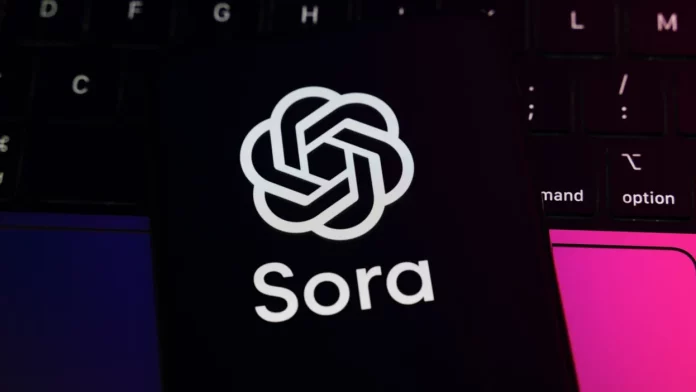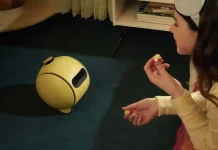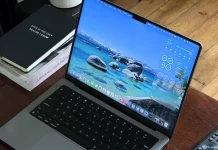Say what you will about OpenAI’s ChatGPT and Sora — as a creative, I steer clear of them whenever possible. I get the appeal, but I’m uneasy about what’s happening behind the curtain. Still, there’s no denying the hype. The Sora app exploded in popularity after its September launch, racking up over one million iPhone downloads in just five days — and that’s even with the invite-only restriction. Yet, despite this buzz, the app currently sits at a disappointing 2.8-star rating on the App Store.
So, how does something so popular end up with such lukewarm reviews? It seems the excitement fades fast once users encounter the app’s limitations. Access is still gated behind invite codes, with OpenAI prioritizing ChatGPT Pro subscribers, leaving most of the curious waiting in line. Even for those who get in early, strict content restrictions can kill the creative spirit.
Compounding things further are growing comparisons to alternatives like Veo 3, Wan 2.5, and Runway Gen-3 Alpha — all strong contenders in the AI video space. OpenAI’s rumored plan to integrate Sora directly into ChatGPT could change that dynamic, perhaps making its video tools more accessible than ever.
More Than Just One Tool in Town
Before anyone jumps to conclusions, this isn’t about pitting one AI tool against another. Each has its strengths and weaknesses, and Sora 2 is no exception. Still, competition is heating up. For example, Sora 2 can generate videos up to 20 seconds long on the right plan, while Veo 3 caps out around eight seconds but supports full 4K at 60 fps. Meanwhile, Wan 2.5’s premium tier offers slightly lower pricing, which might appeal to budget-conscious creators.
This doesn’t make one inherently better than another — it simply underscores that creators now have real choice in the generative video market.
Why Sora’s Ratings Struggle
As for Sora’s mixed reception, the limited access and tight restrictions appear to be major pain points. The app’s TikTok-style feed of AI-generated clips feels underdeveloped, and moderation has become so strict that it often stifles creative freedom. Users who once generated content based on familiar IPs have seen those capabilities heavily curtailed — a move OpenAI has justified as necessary compliance with copyright protections.
CEO Sam Altman recently acknowledged these frustrations in a blog post, hinting at a future “opt-in model for likeness” to give IP holders more control over their characters’ use in AI-created videos. However, he also confirmed that OpenAI eventually plans to monetize video generation — a statement that’s unlikely to sit well with users already feeling fenced in.
Sora’s rapid rise proves there’s enormous demand for powerful, accessible video-generating technology. But unless OpenAI can strike a better balance between openness, control, and cost, that initial interest could turn into long-term frustration.




